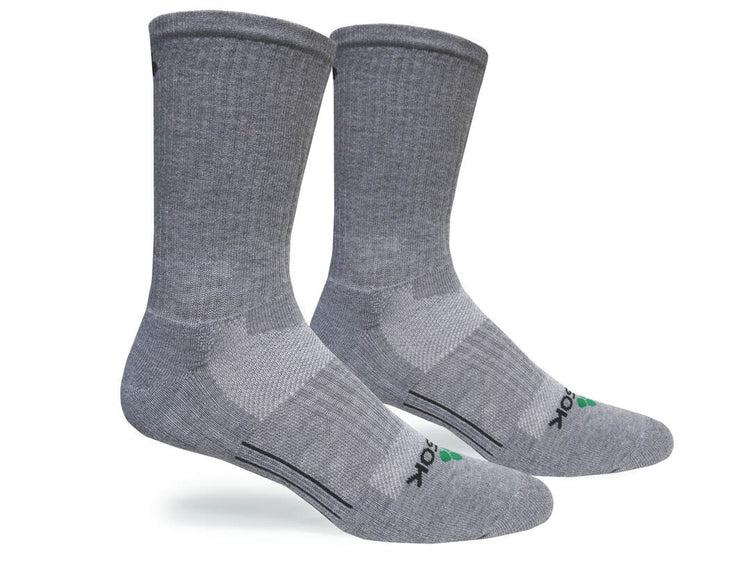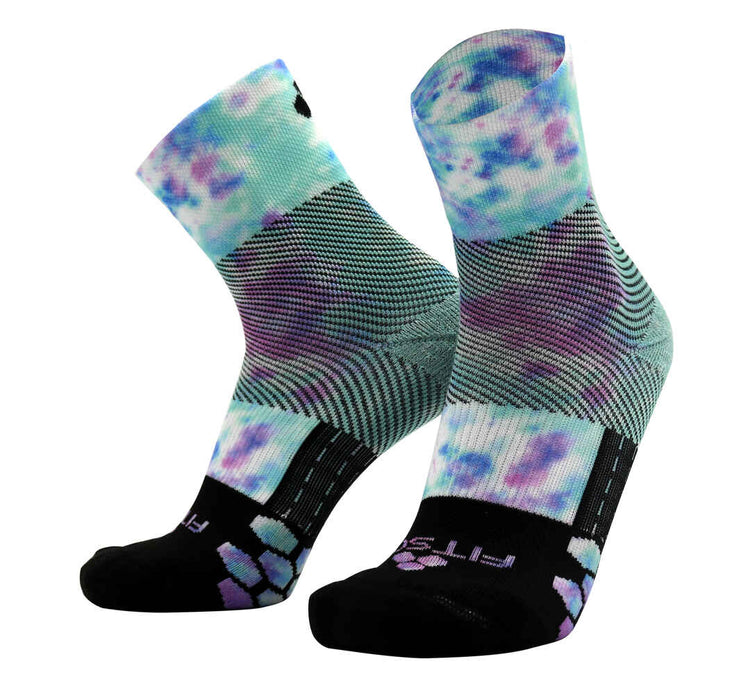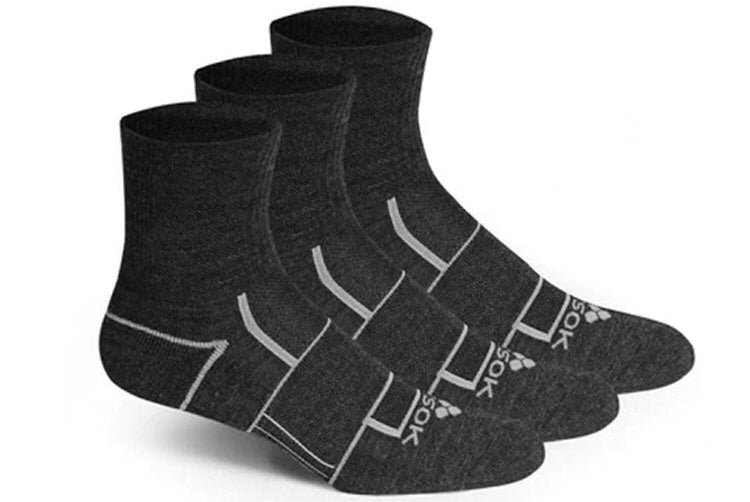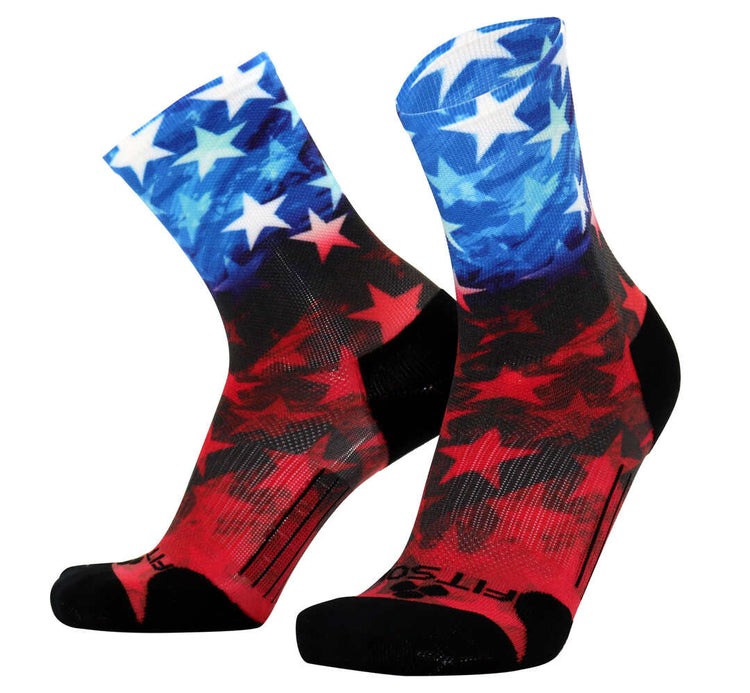USA MADE INNOVATION
Quality
function
style
construction

Since creating our first pack of socks in 2008, our mission at Fitsok has always been clear; Deliver athletes the best engineered fit and performance sock. We start by making everything here in the USA at our factory in NC with over 75 years of experience. Our team is passionate about running in our own backyards. We believe in the local running shop and the local running community.
For many a multi-pack conjures thoughts of cheaply made socks in a bargain bin. At Fitsok we think there’s a better way to engineer a better sock. As runners ourselves, we know the importance of having multiple fresh socks ready to go, day after day. It’s part of our philosophy to keep athletes running.

18th
Year cultivating and building the best running sock brand.
02
Brothers and founders who love running and hiking
3rd
Generation of innovation, quantity and passion into every pair




